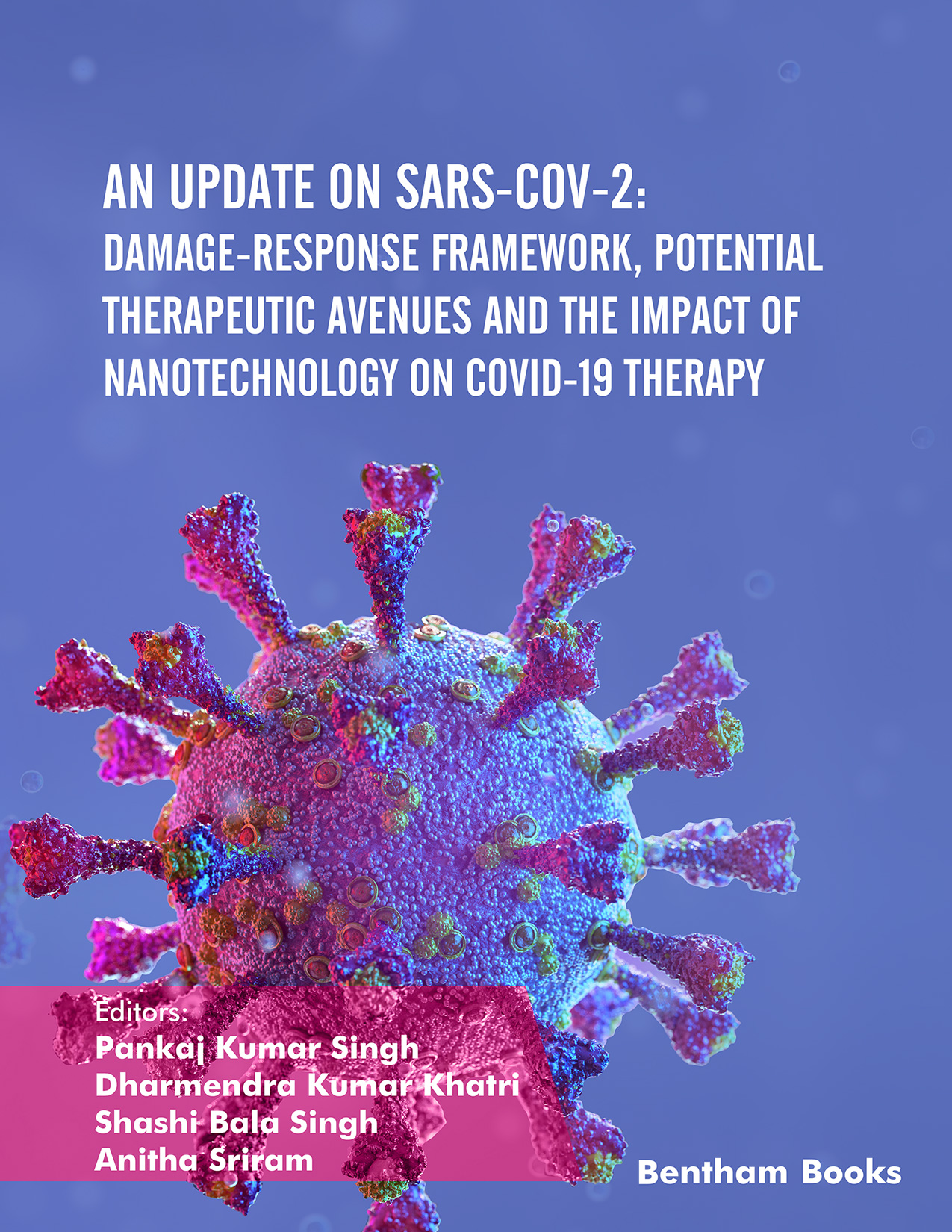Foreword
Countless epidemics and pandemics have struck the world throughout history, claiming the lives of thousands to millions of people. Although we have progressed far ahead in our research and medical fields, the appearance and spread of the 2019-n CoV (SARS-CoV-2) virus by zoonotic transmission causing COVID-19 have posed several concerns to public health all across the world. The COVID-19 pandemic outbreak has proven to be a global calamity and unlike many others, claimed the lives of billions of people. It has posed several challenges to the health policymakers as well as the medical fraternity including the researchers. It has affected the socioeconomic status, globally. The first challenge is to deal with future outbreaks that may arise due to the emerging new coronaviruses or any other viruses of zoonotic origin. Future epidemics could be caused by newly developing coronaviruses or other zoonotic viruses. Therefore, apart from curbing these outbreaks, now there is a need to have a thorough understanding of zoonotic origin viruses to prevent future outbreaks. Now it is clear that our ability to deal with future epidemics will be determined by the efforts we take based on previous lessons learned from pandemics. Thus, in order to deal with future pandemics as well as the current viral pathogenic catastrophic scenarios, deep knowledge of the current COVID-19 pandemic is required.
Another big challenge is the development of vaccines to deal with new viruses and variants of SARS-CoV-2 itself emerging consistently causing havoc. Lastly, there is a challenge to find out not only the novel medicines, but also the treatment strategies for the management of the patients, especially for post-COVID complications that call for the understanding of the pathophysiology and possible targets for the same.
Although several books have been published worldwide, this is a unique book that provides a review of COVID-19, including information on virology, epidemiology, clinical signs, damage response framework, immune-pathological pathways, diagnostics, therapeutic choices, vaccine prospects, and more. It also explains the likely mechanisms of numerous effective medications for COVID-19 infection management. Despite the availability of a few vaccinations, several clinical research, and clinical trials against 2019-nCoV, COVID-19 remains an incurable menace. As a result, a specific emphasis should be made on studying COVID-19's viral etiology and pathophysiology, which is critical for better customizing and creating effective treatments and vaccines. In this book, the authors provided a great assessment of the full explanation of viral pathogenesis and pathophysiology of COVID-19, which may pave the road for future virologists to tackle future coronavirus epidemics.
In this book, the authors have also proposed practical ways to deal with those major challenges and also acknowledged the impact of potential and promising nanotechnology-based tools to circumvent future challenges in the diagnosis, treatment, and prevention of COVID-19. Possible potent therapeutic nanoformulations were addressed to accelerate the development of novel targeted nanoformulations for combating COVID-19. I am sure this book will provide directions to the future and current researchers in overcoming the challenges and will come out with novel solutions and products.
The material and scientific knowledge in this book shall allow readers to have a consistent and broad understanding of the primary concerns and their solutions in relation to the present COVID-19 pandemic.
Ramesh K. Goyal
Delhi Pharmaceutical Sciences
and Research University
New Delhi 110017, India

